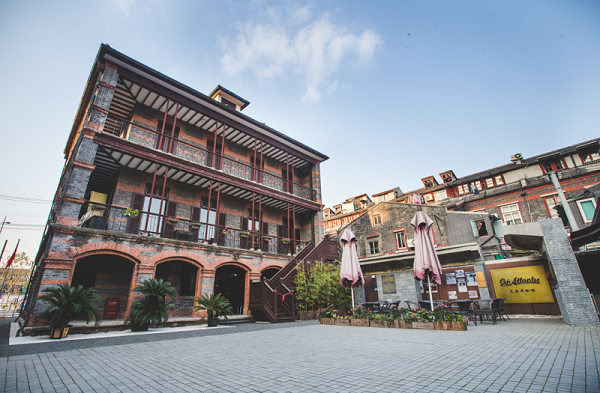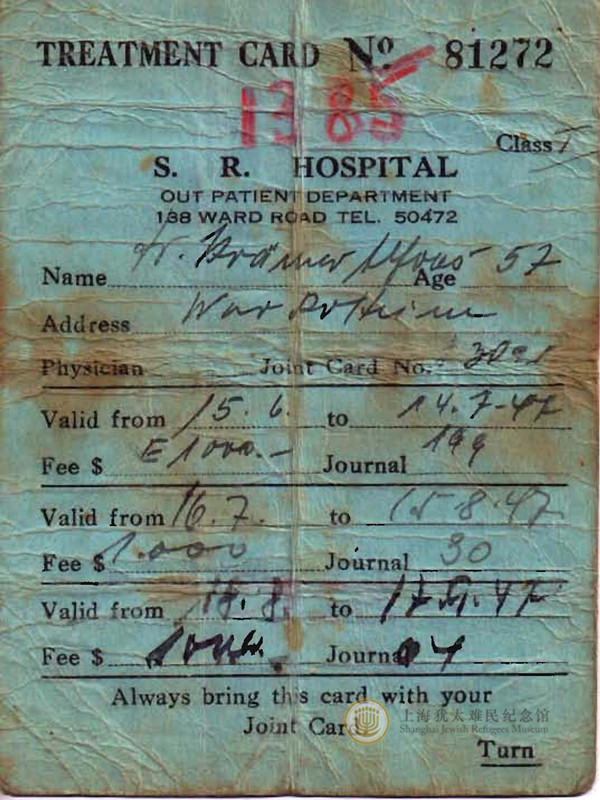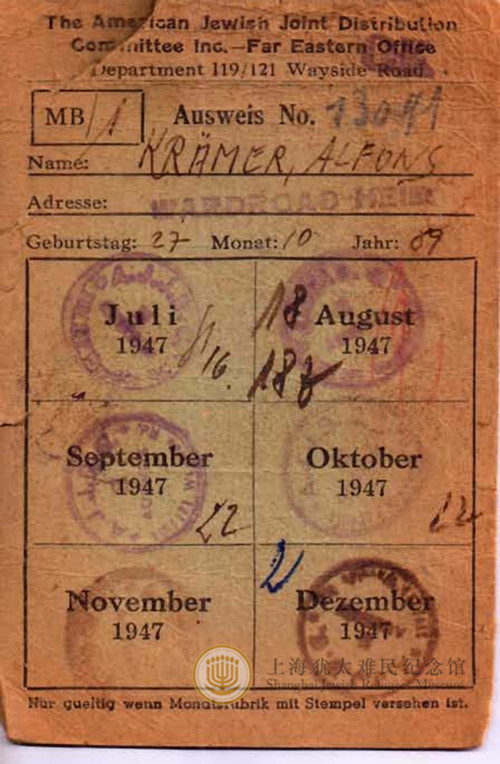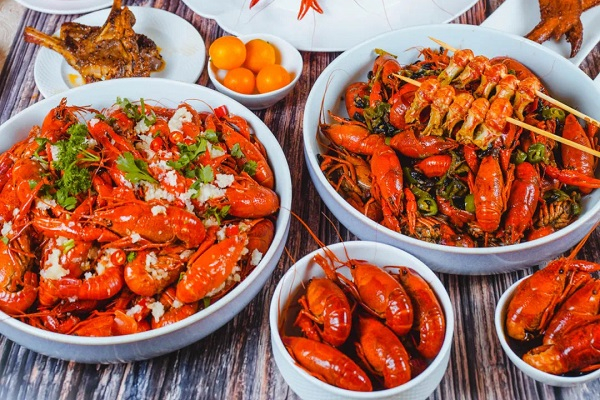Shanghai Jewish Refugees Museum
The Shanghai Jewish Refugees Museum consists of the former site of the Moshe Synagogue and two exhibition halls.
It is an important part of the "Tilanqiao Historical and Cultural Landscape Area", aiming to witness and commemorate the history of Jewish refugees in Shanghai during the 1930s and 1940s.

A view of the Shanghai Jewish Refugees Museum. [Photo/WeChat ID: shanghaitourism]
The museum is the only exhibition hall in China that reflects the historical relics of the lives of Jewish refugees during World War II. The former site of the Mosaic Hall, where Jewish refugees in Shanghai used to meet and hold religious ceremonies, was later restored by the government and became the core part of the museum.
The two buildings around the synagogue, where the refugees used to live, are also included in the museum. Interactive devices are set up to allow the old houses that witnessed the history to tell their stories.
Inside the hall, there are nearly 1,000 exhibits and precious historical materials, such as passports, boat tickets to Shanghai, and residence permits from the World War II era. Many of these items were donated by the refugees themselves or their descendants. The museum also has the world's only survivor list memorial wall with the theme of "rescue", engraved with the names of 18,578 Shanghai Jewish refugees.
These are some of the items displayed in the museum. They were owned by Alfons Kramer and donated by Carla Shock.

S.R. Hospital treatment card

A.Z.O.S Simcas Thora group photo, with Mr Kramer in it


The American Jewish work permit with cancellations
The museum has become a platform for friendly exchanges between China and other countries. Over the past decade, the museum has received visitors from more than 130 countries, including foreign envoys, descendants of refugees, and international students.
It has strengthened the bonds of friendship between China and foreign countries and promoted cultural exchanges through various activities, such as organising fellowship activities and touring exhibitions abroad.
Address: No 62 Changyang Road, Hongkou district
Source: shhkjrm.com

